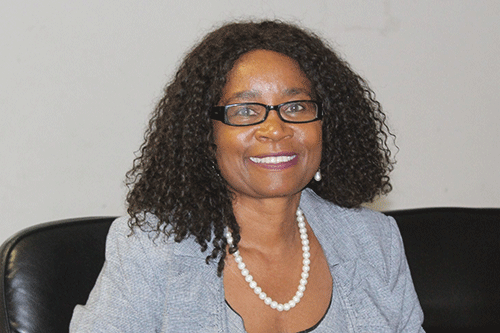OMUTHIYA – The director of education in the Oshikoto region, Aletta Eises, has encouraged learners from the San community and other tribes to embrace their mother tongue.
She said this in an interview with Nampa following her participation in International Mother Language Day celebrations at the Tsumeb Secondary School on Wednesday.
She noted that a variety of languages with various dialects are spoken in Namibia, but some local languages are dwindling in use across the country. She thus urged communities to take steps to preserve their languages.
“We have the Hai//om of the San communities who are assimilated into Khoe-khoegowab, and they are forced to speak and write that language at school,” said Eises.
She expressed concern over the endangerment of the Hai//om languages, pointing out their absence from high school curricula in certain regions, and limited instruction in lower grades. She, therefore, emphasised the importance of incorporating Hai//om languages into education.
“The Hai//om languages must be taught to learners to make sure they take it to university when they want to pursue their studies, as it is currently only taught until Grade 3,” she said.
Eises further underscored the necessity of written documentation for the Hai//om languages, stating that efforts should be made to establish a writing system. Additionally, she encouraged learners in the Oshikoto region to maintain their mother tongues, warning of the risk of language extinction if proactive measures are not taken.
Eises stressed the significance of commemorating Mother Language Day in Namibia, highlighting its role in fostering communication and cultural preservation.
“Languages provide us with identity and hope, contributing to our cultural heritage. International Mother Language Day serves to raise awareness of the importance of preserving mother languages,” said Eises.
She then observed the recent inclusion of Khoe-khoegowab in secondary school curricula in the Oshikoto region since 2019, alongside Oshindonga, Oshikwanyama, Afrikaans and English, as part of efforts to diversify linguistic education. – Nampa


